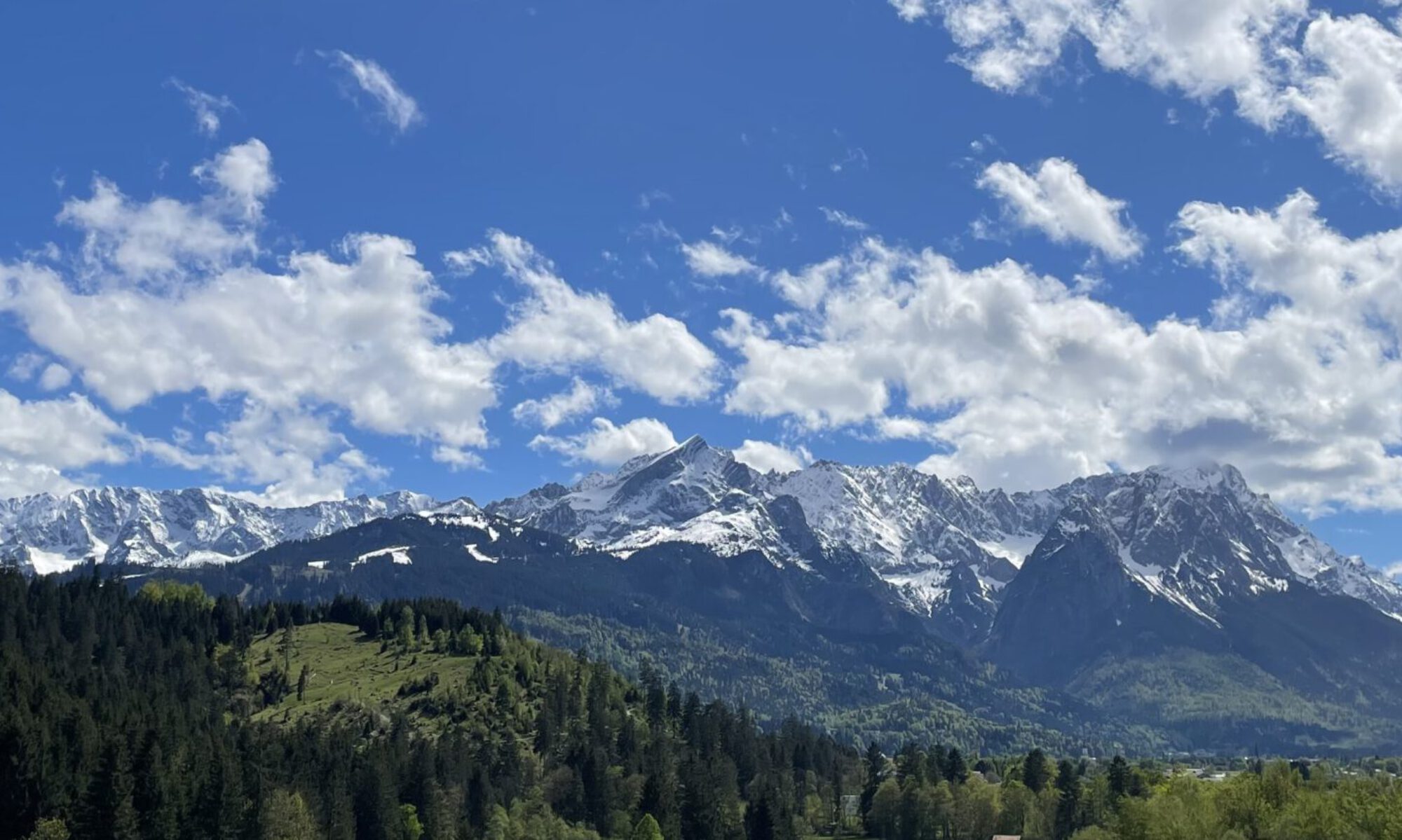The upcoming EPO-OECD event Scaling up Quantum Innovation will provide insights on how quantum technologies are moving from theory to transformative applications. Quantum encryption and quantum computing (nascent fields during my PhD days) are now contributing to the next technological revolution. These breakthroughs promise to redefine security, accelerate computing, and power digital transformation across industries. The event will explore patenting trends, investment challenges, and strategies to bridge the gap between research and commercialization. It is inspiring to see how early-stage concepts have evolved into drivers of tomorrow’s economy.
Connecting Soil Health and Innovation
On November 19, 2025, the Interessengemeinschaft gesunder Boden e. V. invites practitioners, researchers, and innovators to the third annual Praxis- und Vernetzungstag which is held in hybrid format (with the on site event taking place in in Neunburg vorm Wald). This event, held just before the renowned Bodentag, is a unique opportunity to engage in hands-on discussions and field-based learning focused on sustainable land use, forest management, water conservation, and regenerative agriculture.
In a time in which climate resilience and resource regeneration are central to both policy and market development, events like this serve as incubators for eco-technological progress.
Spooky Season Meets IP
Just in time for Halloween, the German Patent and Trademark Office (DPMA) has launched an informative website that explores the intersection of Halloween and intellectual property. From eerie inventions to ghoulish designs, the site showcases real patents and trademarks that bring the spooky season to life—demonstrating that even ghostly gadgets and pumpkin-shaped candy carriers are protected by IP rights.
This initiative is more than seasonal fun. It illustrates how deeply intellectual property is woven into our daily lives, even in contexts we might not expect. Whether it’s costumes, decorations, or themed products, IP rights ensure that creativity and innovation are rewarded and protected. The DPMA’s Halloween page reminds us that behind many clever ideas there exists a legal framework that supports inventors, designers, and entrepreneurs.
In a world where seasonal trends quickly become commercial phenomena, the importance of IP is clearer than ever.
2025 Nobel Prize in Physics
The 2025 Nobel Prize in Physics honors John Clarke, Michel H. Devoret, and John M. Martinis for pioneering work related to quantum tunneling. Energy quantization in superconducting circuits is one of the foundation for quantum computing based on superconducting qubits. As someone who worked on theoretical aspects of macroscopic quantum coherence and quantum computing during my PhD and postdoc, I am amazed at how quickly the field has evolved.
G 2/24 – intervener in appeal proceedings
As reported by the EPO in a Press Communiqué of 25 September 2025, the Enlarged Board of Appeal has rendered decision G 2/24 (“Skin cleanser”) that relates to the procedural status of an intervener in opposition appeal proceedings.
The Enlarged Board confirmed its previous decision G 3/04 and concluded that, after withdrawal of all appeals, appeal proceedings may not be continued with a third party who intervened only during the appeal proceedings (see the EPO’s Press Communiqué of 25 September 2025).
EPO User Day 2025
The EPO User Day 2025 is scheduled for September 23-24, 2025. This year, the EPO will offer dedicated sessions for SMEs and micro-entities, focusing on how patents can support growth and innovation. The event also offers breakout sessions for patent professionals.
Referreal on adaptation of description
As reported by the European Patent Office (EPO), questions relating to the adaptation of the description were referred to the Enlarged Board of Appeal (G 1/25).
It is the EPO’s practice that the description must be aligned with amended claims. I.e., when claims are amended, the description should be adapted accordingly to reflect these changes, avoid contradictions, and maintain a coherent disclosure.
At least one Board of Appeal has previously voiced doubts as to whether there is a legal basis for this practice, as previously reported in this blog section.
Considering recent case law from the Enlarged Board (G 1/24, point 20), it would be surprising if the Enlarged Board took the position that the EPO’s practice on adaptation of the description had no legal basis. The adaptation of the description also appears to be dear to many in EPO management, who seem to regard consistency of description and claims to be a KPI for the ongoing patent quality discussion.
EPO Case Law Book (11th ed.)
The EPO has published the 11th edition of the Case Law of the Boards of Appeal. The case law book (which is available in digital format only) is a great resource on the plethora of decisions rendered by the Boards of Appeal in both ex partes and inter partes proceedings.
New UPC CMS
The new UPC Case Management System (CMS) went live today. Entering the new CMS was smooth. Users can look forward to the integration of additional functionality into the new CMS in phase 2 of the roll-out.
Completion of the transition from the old CMS (which is still needed for most UPC CMS functions at the time of phase 1 of the new CMS roll-out ) might be a blow to companies that offer dedicated authentication and signature card solutions tailored for the old CMS.

G 1/24 – claim interpretation
On 18 June 2025, the Enlarged Board of Appeal (EBA) rendered its decision on claim interpretation in EPO proceedings in matter G 1/24 . The EBA held that (headnote of the decision): “The description and any drawings are always referred to when interpreting the claims, and not just in the case of unclarity or ambiguity.” Thus, claim interpretation in proceedings before the EPO is based on the same principles as in infringement proceedings. Prior to G 1/24, some Boards of Appeal took the position that the description and drawings are to be consulted for claim interpretation only in case the claims were unclear or ambiguous.
Many useful and valuable resources on G 1/24 are already available online, such as:
- The EPO’s Press Communiqué of 18 June 2025
- The IPKat’s review of the decision
- The Kluwer Patent Blog’s review of the decision
While the headnote of G 1/24 stipulates that the description is to be taken into consideration for claim interpretation in proceedings before the EPO, this does not mean that clarity issues in the claims can be resolved by simply referring to the description. Point 20 of G 1/24 highlights “… the importance of the examining division carrying out a high quality examination of whether a claim fulfils the clarity requirements of Article 84 EPC. The correct response to any unclarity in a claim is amendment.”
